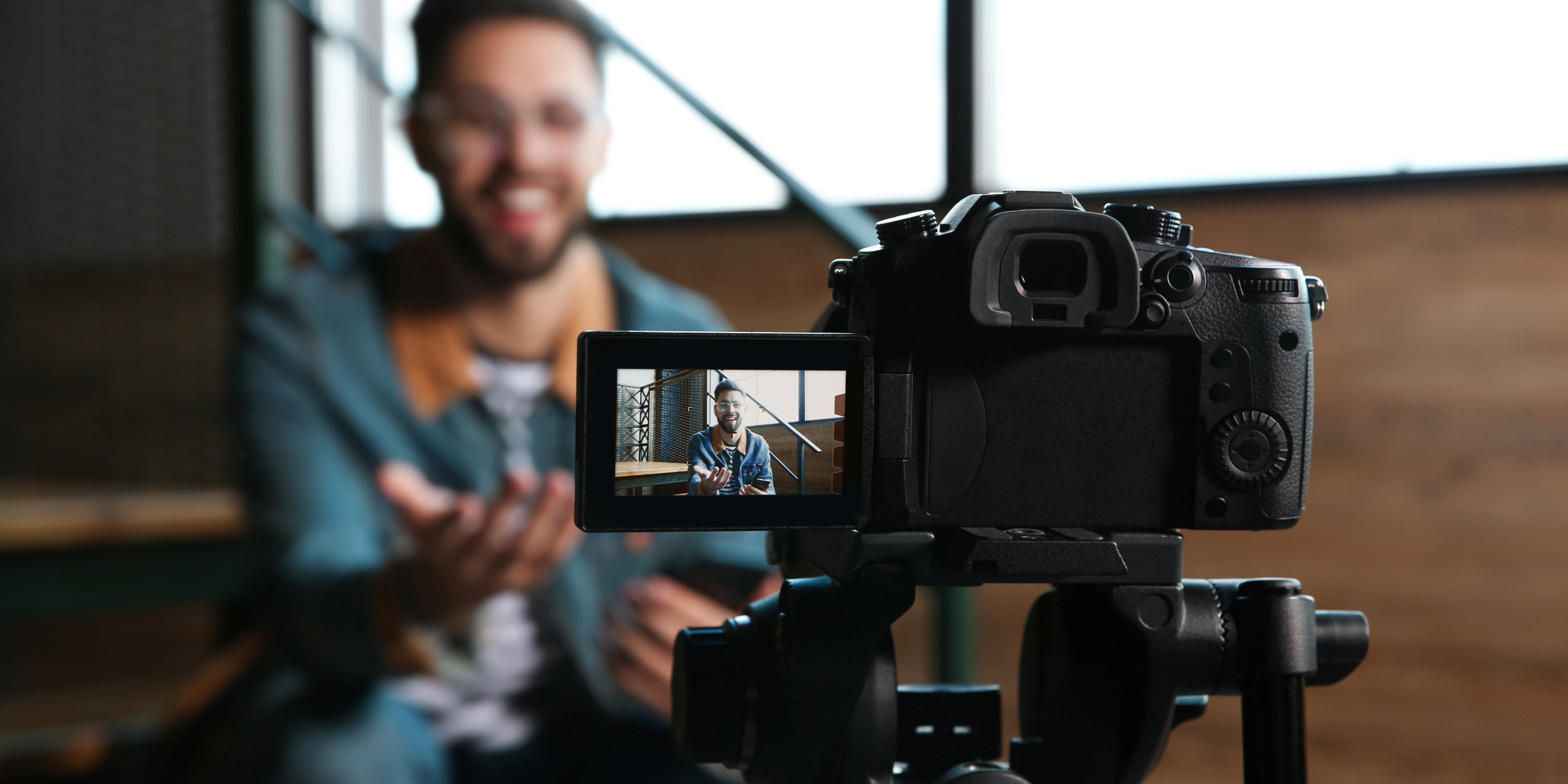Engaging, powerful and the best way to tell a corporate story. That’s what you get with video PR. We’ve heard for years that video is a powerful PR and marketing tool – invaluable when it comes to spreading the word about a brand. Used correctly and you’ll reach more markets, engaging new customers and increases in sales.
Using video in a PR can showcase a campaign in ways you just don’t find with print, online and even radio. This blog will explain why you shouldn’t underestimate the power of visuals, highlighting ways in which you can incorporate video PR into your next campaign.
What is video PR?
The definition is broad because video is used over so many platforms: traditional television; content on-demand digital platforms such as Netflix or Amazon Prime; social media outlets including LinkedIn, Instagram, Facebook and TikTok; and video that can placed on a company’s website or used in marketing.
We’ll be having a look at each of these avenues, and the benefits they bring to a brand, in detail below. But first, let’s consider the benefits of using video for PR in a bit more detail.
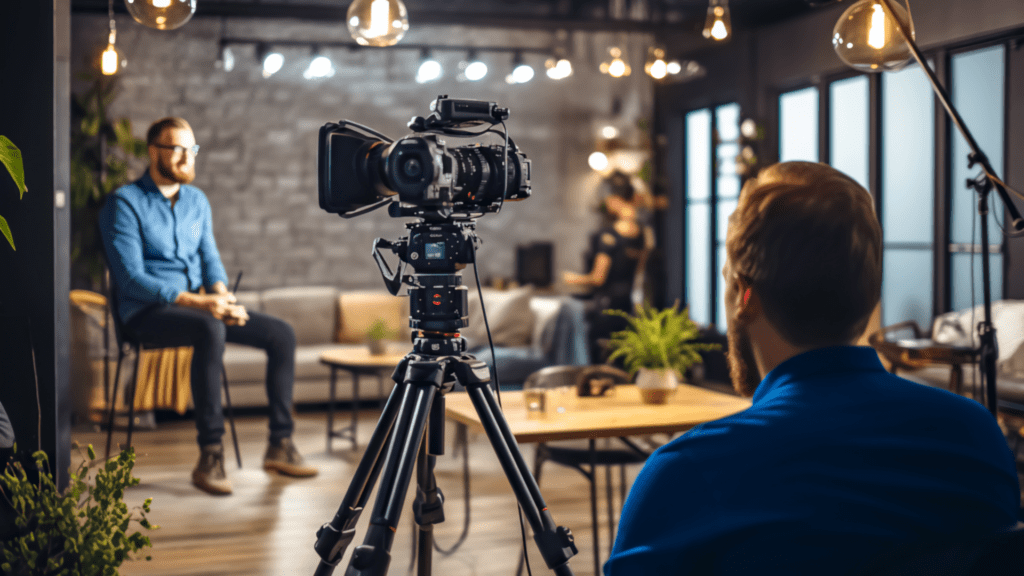
THE BENEFITS OF USING VIDEO FOR PR
Increase brand awareness
No matter how big or small your brand is, given the right ingredients for a news story, presented in a particular way, you can get exposure on UK national, regional and even international television. I’m talking mainstream, traditional broadcasters including the BBC, ITV, Channel 5 and Sky News. Securing coverage on such stations can result in your story, and your brand, been seen by millions of viewers.
Some of those audiences are moving away from traditional broadcasting to on-demand and digital. Going viral on social media means your video can be seen by millions. Meanwhile marketing and podcasting can be targeted at smaller, but more valuable niche audiences.
Diverse audiences on different channels
Broadcast PR is broad by name and broad by nature, but that doesn’t mean every TV channel has the same audiences. One of the benefits of this, is that you can reach a wide range of target audiences. It’s not just a case of one size fits all.
If, for example, your target audience includes middle aged and younger women you might consider trying to place a campaign on ITV’s Good Morning Britain programme.
The audience for Good Morning Britian for example is more female than male, with an age range more typically comprised of 25-45 year olds, socio-economically more likely to be C2DE. Their content reflects this audience – a GMB producer told us recently that the three Ps are normally big hits: princes, parents and pets. Big news stories of the day are always covered, but the programme will put its own twist on them; for example, the recent riots prompted a debate about police using water cannons.
In contrast, BBC Breakfast, has more of an ABC1 audience with an average age of 58-60. Its daily schedule is clearly defined into sections comprising of news, sport, business and weather. Viewers don’t stick around long, just 45 minutes on average but in that time they would to grasp a good understanding each of those sectors.
Video gives you better engagement
Where video thrives, but print and online can fail, is that pictures bring a story to life. An image is a snapshot in time, but video gives you a much greater range of emotion, energy and ultimately engagement.
Take the Catherine, Princess of Wales video, just released to reveal she has finished chemotherapy treatment. https://www.youtube.com/watch?v=QSrDEq8QFkc
An image, or a written statement would pale in comparison to the impact her video makes on a viewer. Neither would bring a tear to the eye. Yet video – her voice, a bed of music, little extra detail such as the holding of a hand – is extremely impactful.
For TV news, or a corporate film, or even social media, case studies really help with this. Audiences relate to case studies. By seeing them on video they can put themselves in the case studies shoes, imagining that what they see could happen to them. We’re quite selfish in our viewing habits – yes, we like things that are funny, or shocking, but we appreciate the stuff that might affect us directly too.
Video is multi faceted
If a picture tells a thousand words, then a video tells a million. It works all aspects of our brains – we hear things, we see things and we get the nuances of body language. In short, video can explain things better than just words or a single image.
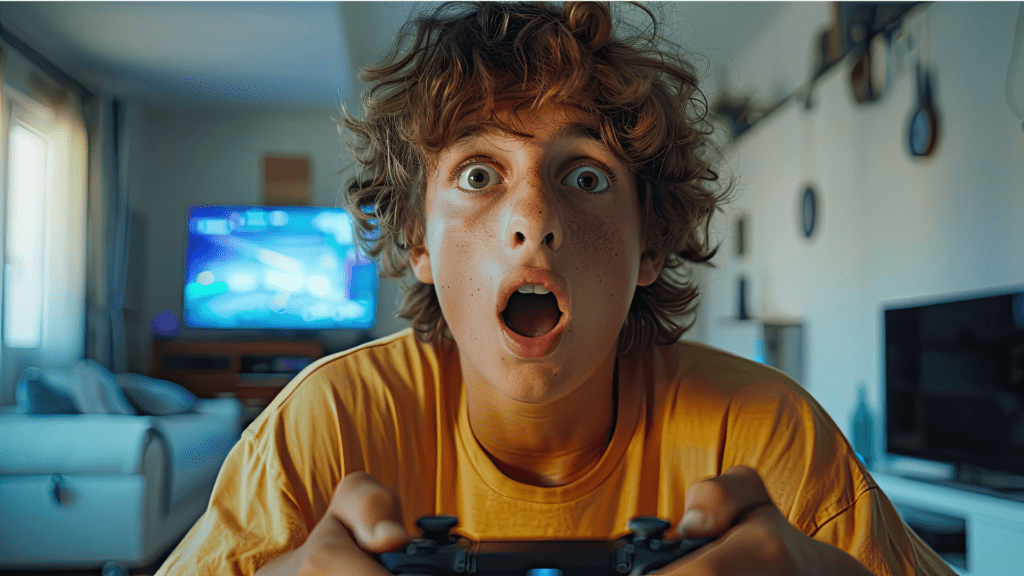
THE BENEFITS OF USING VIDEO FOR PR
Increase brand awareness
No matter how big or small your brand is, given the right ingredients for a news story, presented in a particular way, you can get exposure on UK national, regional and even international television. I’m talking mainstream, traditional broadcasters including the BBC, ITV, Channel 5 and Sky News. Securing coverage on such stations can result in your story, and your brand, been seen by millions of viewers.
Some of those audiences are moving away from traditional broadcasting to on-demand and digital. Going viral on social media means your video can be seen by millions. Meanwhile marketing and podcasting can be targeted at smaller, but more valuable niche audiences.
Diverse audiences on different channels
Broadcast PR is broad by name and broad by nature, but that doesn’t mean every TV channel has the same audiences. One of the benefits of this, is that you can reach a wide range of target audiences. It’s not just a case of one size fits all.
If, for example, your target audience includes middle aged and younger women you might consider trying to place a campaign on ITV’s Good Morning Britain programme.
The audience for Good Morning Britian for example is more female than male, with an age range more typically comprised of 25-45 year olds, socio-economically more likely to be C2DE. Their content reflects this audience – a GMB producer told us recently that the three Ps are normally big hits: princes, parents and pets. Big news stories of the day are always covered, but the programme will put its own twist on them; for example, the recent riots prompted a debate about police using water cannons.
In contrast, BBC Breakfast, has more of an ABC1 audience with an average age of 58-60. Its daily schedule is clearly defined into sections comprising of news, sport, business and weather. Viewers don’t stick around long, just 45 minutes on average but in that time they would to grasp a good understanding each of those sectors.
Video gives you better engagement
Where video thrives, but print and online can fail, is that pictures bring a story to life. An image is a snapshot in time, but video gives you a much greater range of emotion, energy and ultimately engagement.
Take the Catherine, Princess of Wales video, just released to reveal she has finished chemotherapy treatment. An image, or a written statement would pale in comparison to the impact her video makes on a viewer. Neither would bring a tear to the eye. Yet video – her voice, a bed of music, little extra detail such as the holding of a hand – is extremely impactful.
For TV news, or a corporate film, or even social media, case studies really help with this. Audiences relate to case studies. By seeing them on video they can put themselves in the case studies shoes, imagining that what they see could happen to them. We’re quite selfish in our viewing habits – yes, we like things that are funny, or shocking, but we appreciate the stuff that might affect us directly too.
Video is multi faceted
If a picture tells a thousand words, then a video tells a million. It works all aspects of our brains – we hear things, we see things and we get the nuances of body language. In short, video can explain things better than just words or a single image.
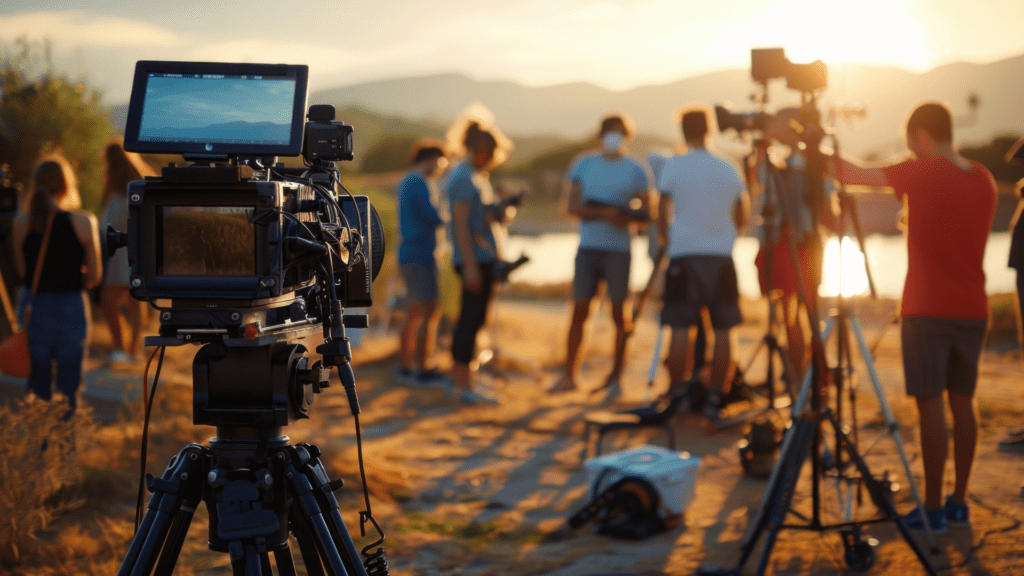
How to use video PR effectively
Let’s go back to the platforms I mentioned previously, to see how you might apply video PR to your next campaign. First of all you need to think strategy:
– Who are you trying to reach with your campaign? Are they young, old, male, female? As audiences change the way they consume video and television, viewers are more diversified than ever. So in order to find your target audience you need to tailor your campaign accordingly. For example, we know that 16-24 years for example get more of their news from online, in comparison to more traditional means. So if that’s your target audience you need to include videos for social media. But if you want a more ABC1 audience you would need to target more mainstream channels, such as the BBC. I’ll explain how these approaches differ, below.
– Is your story newsworthy? The vast majority of our campaigns land on news, and sometimes daytime programming. News is competitive and you are competing with hard, organic news for air-time. You will never be given a free “plug” or air-time that appears like an advert, instead you need to earn the opportunity editorially. What is significant or new about your story? How might it change lives? Why does it matter? These are just some of the questions you could ask to see if your campaign is truly newsworthy.
-What are you trying to achieve? Is it brand awareness, or to drive potential customers to your website, or a more hard-won shift in opinion?
Video PR in television
Whilst research as recent as September 2024 suggests that audiences are reaching out to online as much as television for news (70% of the population versus 71%), the latter is here to stay. That’s because viewers want a curated version of the news, in order to get a true picture of what’s going on in the world. If you just access online for news, the stories you find are too random – you don’t discover them in terms of significance, as you do on TV, they come up based on your previous search history.
Viewers also want to understand the significance of a story. They don’t get analysis from social, but they do from broadcast. This is really the broadcasters’ way of competing with social – offering viewers an expertise they can’t find anywhere else.
Lack of regulation of online news means you don’t know which resources you can trust, in contrast to television which is accountable to Ofcom, and in the case of the BBC, a board of governors and ultimately the government. Research shows that broadcast is the most trusted medium.
The vast majority of broadcast PR coverage on television is on the news and that’s why the above is important. PR stories benefit from the treatment broadcasters give organic news. So, if you land a story on television news audiences will trust it the same way they trust other stories. Money just can’t buy that level of assurance.
But television is squeaking under the pressure of online. The potential audience hasn’t grown, it’s still the same pot of jam, it’s just been spread more thinly. Ultimately a smaller audience is worth less to advertisers, or stakeholders, and this has led to cutbacks.
The silver lining for the PR industry is B-Roll, a tool that arguably has never been as valuable. B-Roll is 6-8 minutes of roughly edited footage, which is distributed to television newsrooms free of charge and any copyright issues. As former journalists, we would say for the sake of a few thousand pounds B-Roll is nearly always going to be worth the investment. Read more about B-Roll here: https://shoutcommunications.co.uk/what-we-do/video-production/b-roll-footage/
On-demand platforms such as Netflix or Amazon Prime
These are platforms for content produced by third parties. That means if you want your brand to appear on them, you need to target individual production companies. There are no editorial opportunities, as there is on television, but you can pay for product placement (your coffee machine on a certain drama, for example) or sponsorship.
Trying to get on a programme editorially is a less popular route for most clients. It takes a long time – months, sometimes even longer – to produce a programme or series. During that time you have to keep in touch with producers – who’ve got many other things to deal with – to ensure they don’t forget the branding you should have agreed up front. And if that crucial key message or name mention gets dropped in the final edit, there’s nothing you can do about it.
We successfully placed our client P&O Cruises on the BBC’s Apprentice. They used one of the company’s ships and candidates arranged onshore excursions for passengers. The branding was there and it was positive PR for P&O Cruises – but it doesn’t always work out so well!
In short, it’s a potentially costly, high risk, low return investment and we believe news and daytime programming offer much better alternatives.
Video PR for social media
Less is more when it comes to video for social media. Let’s face it, there’s so much competition out there, it’s difficult to rise to the top – viewers’ attention spans are short and we recommend videos are no longer than a minute.
Grabbing a viewer’s attention at the beginning of the video is crucial. Research shows you have just a few seconds to do this, before their attention wanders. It’s a bit like the time you have to great a good impression when you first walk in a room.
Funny, emotional or extreme are the styles that get the most views. Oh, and animals too! Production standards matter, but it’s possible to film high quality sound and vision on a mobile phone these days – just make sure you use a microphone and that it’s positioned close to the source.
Social media video can be more branded than footage for television, but don’t go mad – it’s not just regulators who don’t like over commercialised content, it’s viewers too. If it looks like an advert they’ll stop watching.
Corporate video
This refers to video placed on a company’s website or used for marketing purposes, perhaps played at an event, on sent out on a company’s newsletter. Generally, the purpose of a corporate video is to convey information and give an impression of a company’s brand.
Video is not just about visuals though – it’s text and audio and sometimes animation too. The fact video engages multiple senses is the reason we’re much more likely to remember information that we’ve seen and heard on a video, than we are if we’d read or just heard it.
Video podcasts
In the last year or so we’ve started to include podcasts as part of a video PR strategy – due to an increasing trend for recording not just audio, but visuals too.
This can be done on location, or in a studio, using camera equipment, but also via specific software, which allows podcasts to be recorded remotely but with high quality sound. It comes off the back of some national radio stations, including LBC and TalkRadio amongst others, live streaming on video content from their studios.
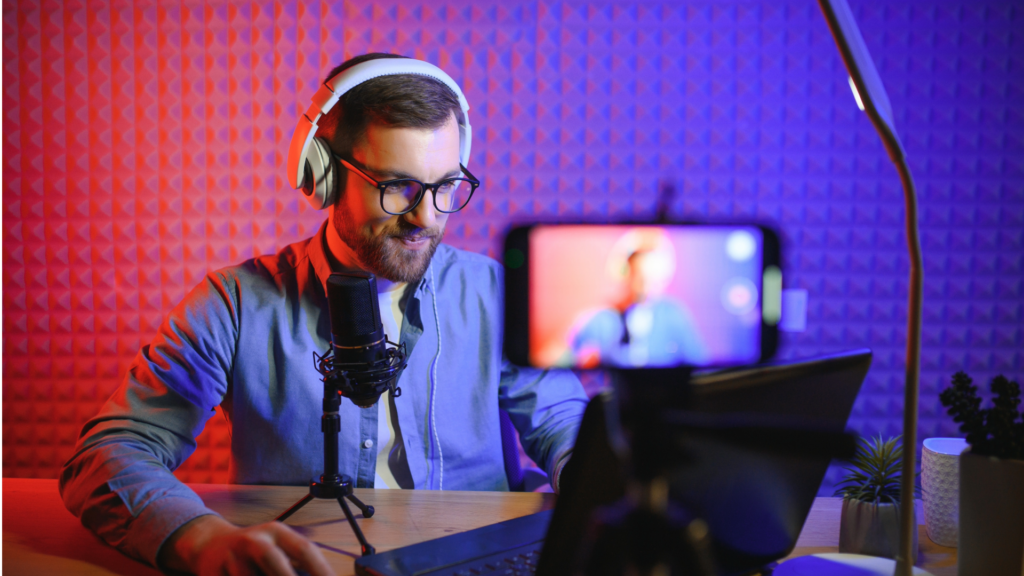
Need some help?
Not sure which aspect of video PR to include in your campaign strategy? Or need some help with video production? Our high quality production videos have been aired on television and online and been seen by millions. Call to discuss your next campaign on 020 7240 7373 or email hello@shoutcommunications.co.uk.
Get in Touch

Author: Keren Haynes
Shout! Communications co-founder, Keren was a senior broadcast journalist for the BBC, ITN and Sky News before moving into PR. She gives strategic advice to clients on how to best use broadcast as part of a successful PR campaign. Keren also media trains and oversees live-streaming projects.
